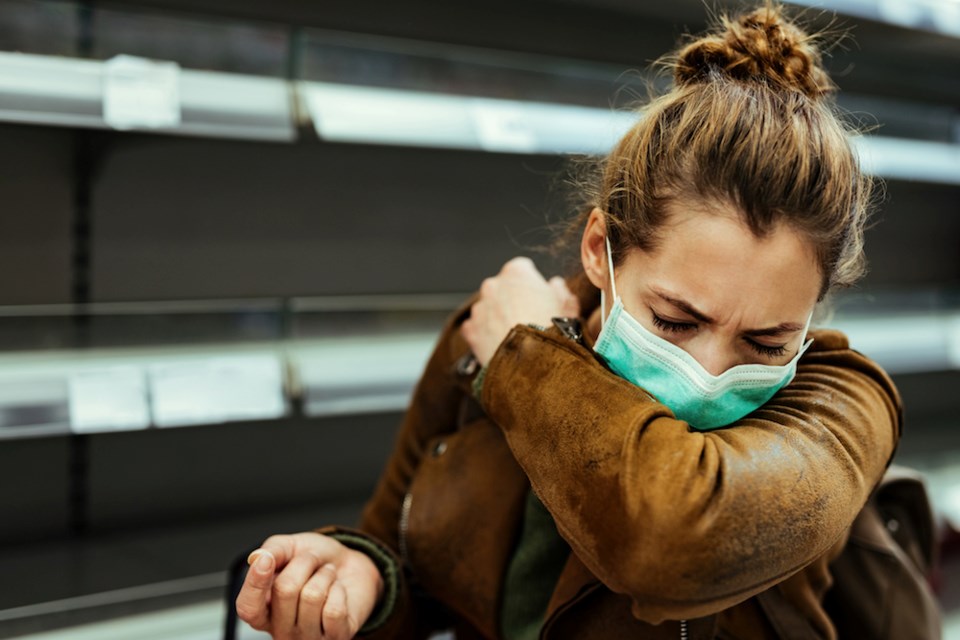If you're feeling unwell these days, your first thought might be to get tested for the novel coronavirus. However, wildfires burning south of the border have created poor air quality in the Lower Mainland, which can cause a range of health effects.
An air quality advisory has been in effect since Sept. 8 for Metro Â鶹´«Ã½Ó³»and the Fraser Valley Regional District due to wildfire smoke from outside the region, and health officials warn locals to reduce their exposure to smoke.
The BC Centre for Disease Control (BCCDC) recommends the following groups of people reduce their exposure to smoke:
- People with pre-existing chronic conditions such as asthma, chronic obstructive pulmonary disease (COPD), heart disease, and diabetes
- Women who are pregnant
- Infants and small children
- Elderly
Wildfire smoke contains very small particles that travel deep into your lungs when you inhale. These particles can cause irritation and inflammation, which can last until the air quality improves. Some of the symptoms you may experience include:
- Sore throat
- Eye irritation
- Runny nose
- Mild cough
- Phlegm production
- Wheezy breathing
- Headaches
So, how do you determine whether your symptoms are related to air quality or COVID-19?
Jiayun Angela Yao, Research Associate with the BCCDC, tells Â鶹´«Ã½Ó³» in a phone interview that some people may experience more severe symptoms and should seek prompt medical attention, especially if they experience difficulty breathing.
Different people respond differently to smoke, and some people are at higher risk of experiencing health effects. That said, Yao notes that healthy people can be affected by wildfire smoke too. As such, you need to listen to your body and reduce your exposure if the smoke is affecting you.
"It can be tough, because exposure to smoke does share a lot of symptoms with COVID-19, including cough, headaches, sore throat...but some of the COVID-19 symptoms would be less likely related to smoke - that includes fever, chills and body aches," says Yao.
Yao says it may also be useful to compare what you experienced in previous summers where the air quality was poor in the Lower Mainland due to wildfire smoke to determine if you feel the same way.
"For masks, the number one thing we should pay attention is facial fit. Finding a mask that fits you the best is the most important thing. A well-fitted, non-medical mask can provide some protection from smoke," adds Yao. "And also a mask with multiple layers of different materials will provide better protection than a mask with a single layer.
"For example, if you have a mask with a layer of cotton, a layer of rayon - different material - that can actually work better in terms of its ability to block the particles from getting into your breathing area."
People with pre-existing medical conditions should take extra precautions and should keep their rescue medications with them at all times. If you cannot get your symptoms under control, seek prompt medical attention.
Call , talk to your primary care physician or visit a walk-in clinic if you’re experiencing:
- Shortness of breath
- Severe cough
- Dizziness
- Chest pain
- Heart palpitations


